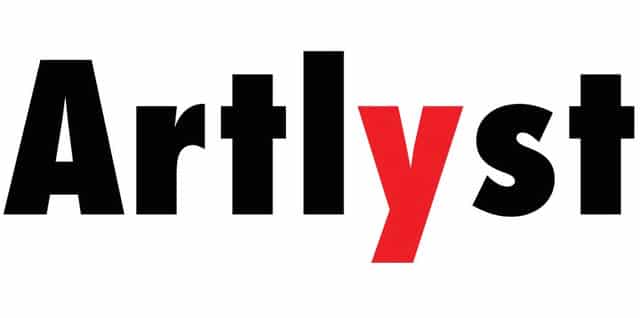This past weekend international sources from Korea were meeting at the CIA. Only the CIA is not the Central Intelligence Agency in America, but the Courtauld Institute of Art in London. There were most likely no Angelina Jolie robots running around in wetsuit attire and probably not even one gun was fired. In all likelihood, there were quite a few Korean and British artists dressed very smartly, sharing a bit of chat over a cup of tea. During this past weekend, artists from Korea along with Korean institutional representatives met to discuss what Korea and London have to offer each other in the form of contemporary arts.
The Korean robot dragon gains more ground in the international contemporary art scene. The conference this past weekend was orchestrated by the Courtauld Institute making a strong statement about the continuing strength and presence Korea has internationally and locally. Within the Asia and South East Asian countries Korea is a dominating powerhouse and an economic force to be reckoned with. What is interesting is how the Korean art scene has developed given the somewhat torturous past it has been forced to endure. The aim of the conference this past weekend was to highlight the strengths Korea has, along with many of the challenges it has had to overcome in order to gain the standing it has now within the international scene. The organizers hoped to open London and the UK’s eyes up to how modern Korean artists contemplate their identity, history, and political struggles before the 2012 Olympics begin in less than a few weeks. Very few contemporary artists ever make it out of Korea. This conference creates a monumental opportunity for Korean artists to mingle amongst the giants of the international art scene.
Reflection is a new Korean value that is soon to embrace London. The title of this conference was aptly called “Between Tradition, Modernity, and Globalization”. It perfectly describes the new generation of Korean artist’s approach to their work. Even outside of the art world Koreans tend to be hyper-analytical of themselves which has allowed them, without going into complex and tedious details, to survive the most recent economic crisis. They learned from their mistakes during the 1990s when they experienced a similar economic recession based on property market. Since then we see a reflective outlet via the emerging art scene. There is an inherent fascination with technological development and it’s use as a tool for positive social growth. The artist Hyungkoo Lee is a perfect example of this analytical examination. Through Lee’s work he not only examines the human form but also the tools by which we use to examine the human form as well. Lee’s work is clean and clear, very sterile and to the point. Those in favour of German efficiency and aesthetic should certainly take a look, as their is a great deal of similarity in his work. German efficiency aside, the contemporary art scene in Korean draws very much on the interaction between history, tradition and their changing roles internationally.
Within the conference ambitions for Korean artists within a British context are mentioned. One of the conferences sub-discussions encouraged those leading and participating in the forum to address the future involvement of the Tate Modern. Whether it remains a model of inspiration for Korean contemporary art institutions and does not indicate so much the influence of Korean artists working the UK and London has yet to be seen. With the focus of the conference on the international it is in hopes that more Korean artists will be recognized by major international institutions such as the Tate. It will help shed light on the talented work that has been cultivated in South Korea only to be overshadowed by the politics involving the North.
South Korean artists will make a significant impact on London very shortly. The conference that was held this past weekend aims to forge a stronger relationship between the British art scene and the one that has been and is developing rapidly in South Korea. The Korean artists can lend a blatant analytical aspect that is often lacking in the British contemporary art scene. It has also been indicated over the course of the weekends events that Korea is looking to form an institute that rivals the Tate Modern or at the very least replicates it’s successful model. The future will tell when the Asian dragon takes the international scene in a puff of smoke.
Words by: Portia Pettersen © Artlyst 2012
Image by: Hyungkoo Lee


